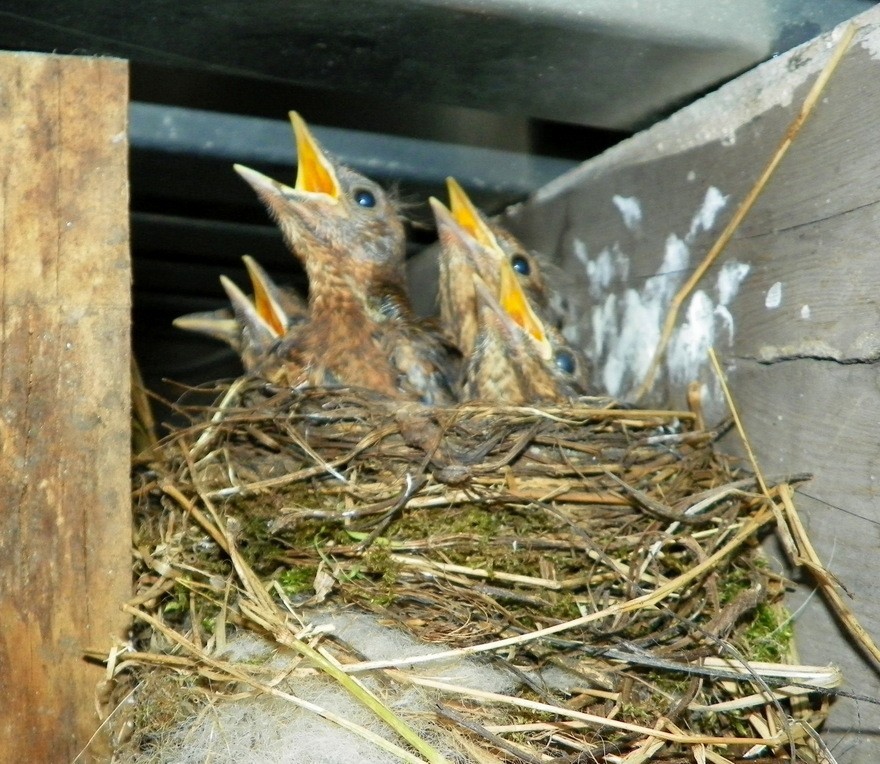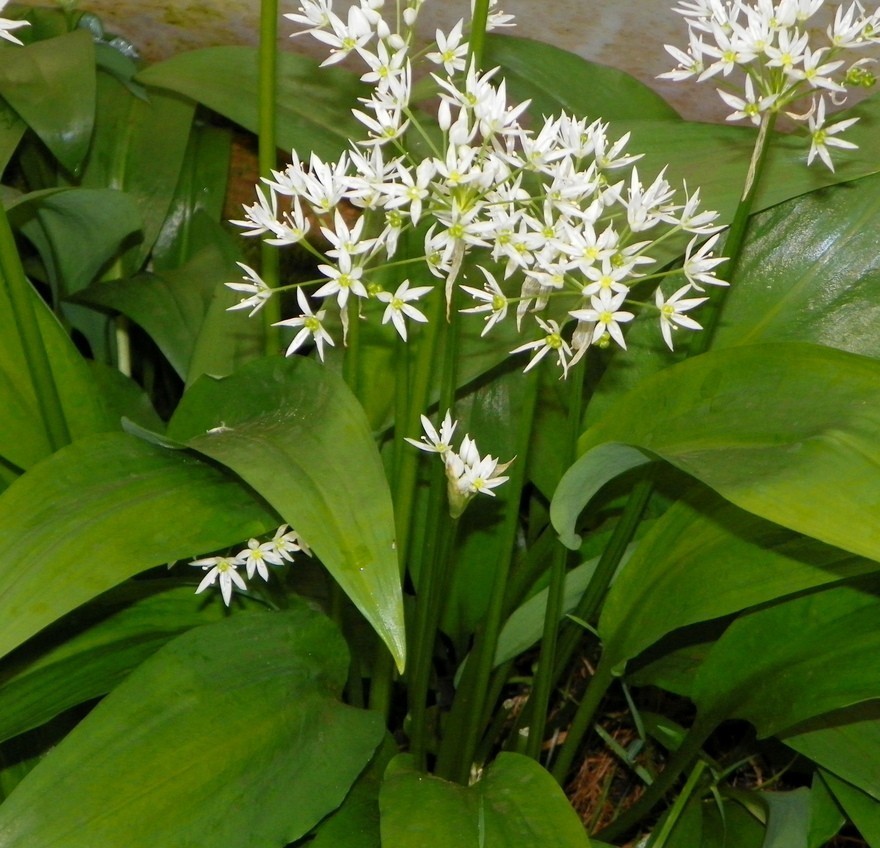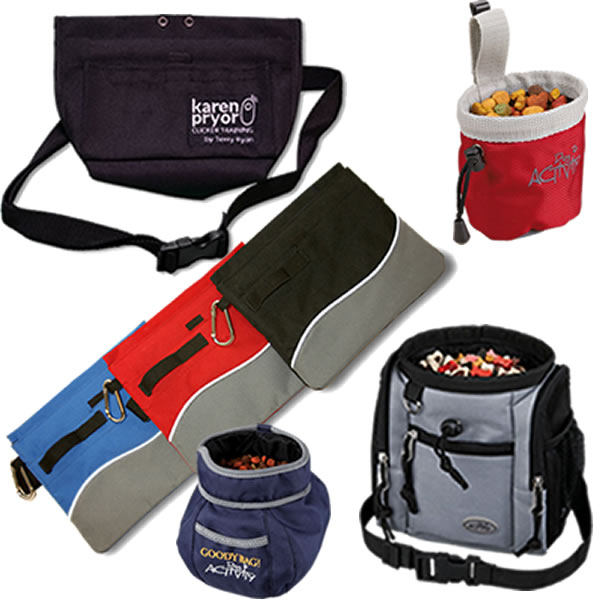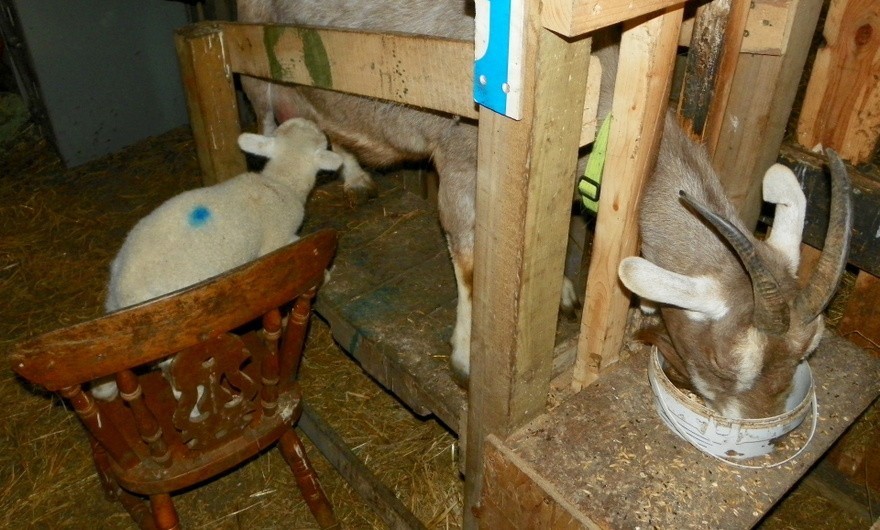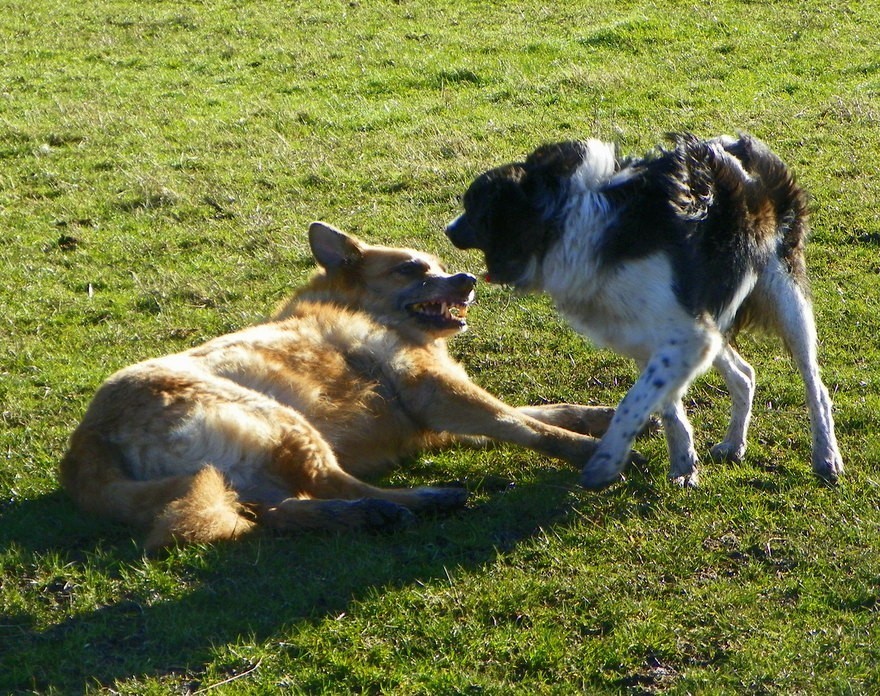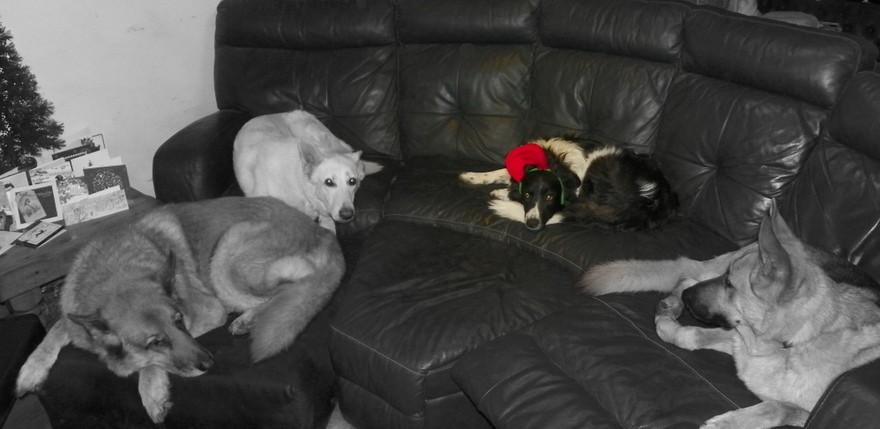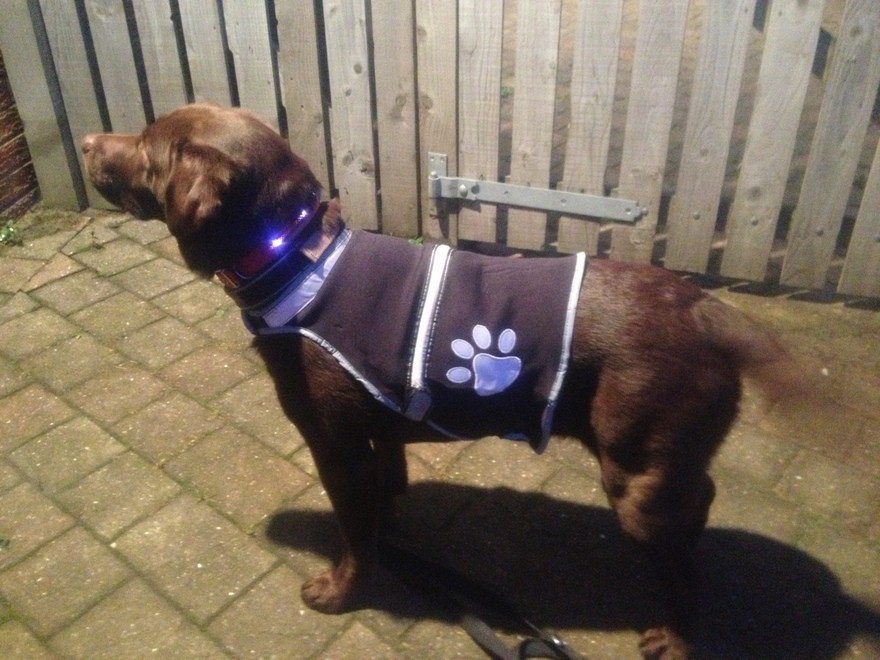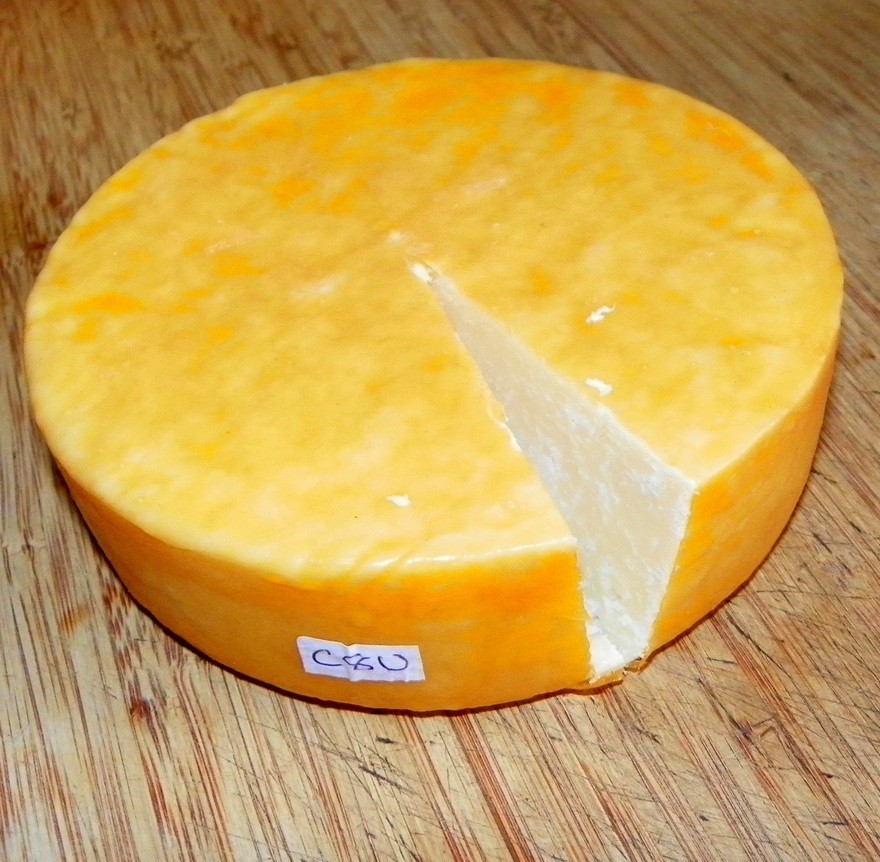
Our goat’s cheese comes of age
We didn’t manage to find a billy for our girls last year so unfortunately our goat milk supply is dwindling. However, in times when the white stuff was flowing plentifully, we set out to make our own cheddar.
According to the British Cheese Board, a mild cheddar is typically ready at about 3 months of age; medium matured cheddar at 5 to 6 months; mature cheddar at around 9 months, extra mature at around 15 months and vintage at 18 months or more.
So, a certain amount of patience is required for hard cheesemaking and also a leap of faith. A cheese will not be tasted for quite some time which leaves you open for a huge disappointment. Using the same recipe which was untested, we decided to make a cheese every week for a couple of months. It took 3-4 days from start to finish per cheese, which included pressing and coating and each one was labelled and stored in the fridge.
The first one we tasted after 3 months and it wasn’t anything special, rather bland. After that we tried at 6 months and then 9 months.
They still weren’t very good, nothing like the commercial cheddars, so we lost interest and several of the cheeses have sat untouched in the fridge for over a year.
In fact the one we tried last week was made on 8/10/2012.
There was a little mould on the wax coating but we rubbed it off and cut into it. The texture was slightly crumbly and it was much more like you would expect cheddar to be. Although far from perfect but it was creamy and full of flavour with just a little tang. Certainly the best we have achieved so far. and I think we can definitely call it vintage!


